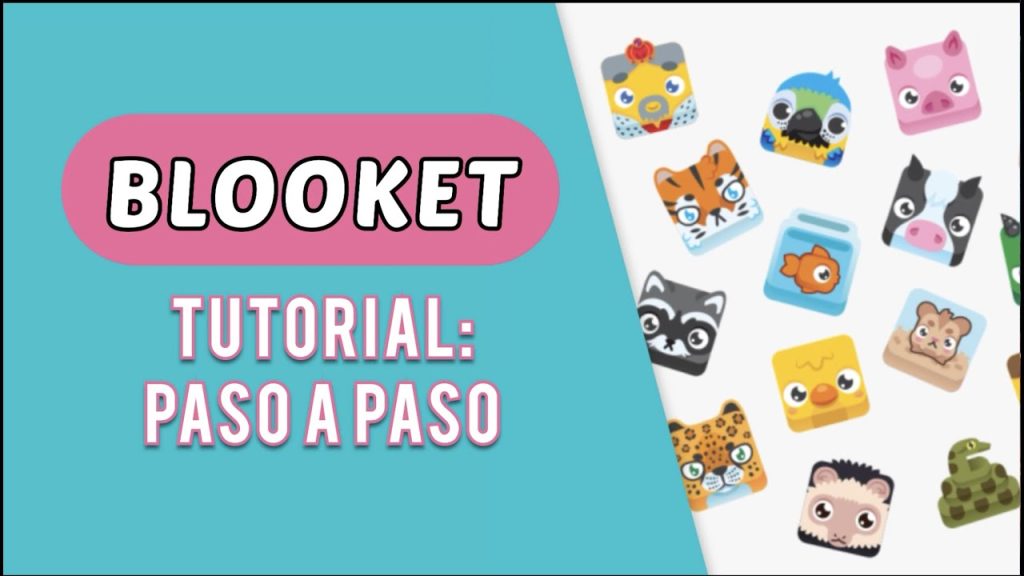Introduction:
In the age of virtual learning, tools like Blooket have become essential for keeping students engaged while studying at home. Blooket transforms the traditional quiz format into an exciting, game-based experience, making it perfect for remote classrooms. This guide will walk teachers through how to use Blooket to foster interaction, engagement, and knowledge retention in virtual learning environments.
Why Blooket is Ideal for Remote Learning:
Remote learning can often feel isolating, but Blooket helps break that barrier by offering interactive game modes that allow students to learn in a fun and social manner. Here’s why Blooket stands out in remote classrooms:
- Engagement: Blooket’s diverse game modes captivate students and keep them focused.
- Real-Time Feedback: Teachers can see students’ progress instantly, allowing for quick adjustments.
- Easy Setup: Creating and hosting games requires minimal technical knowledge, making it easy for teachers to dive right into the lesson.
How to Set Up Blooket for Virtual Classrooms:
- Create an Account: Teachers sign up at Blooket and log in to access their dashboard.
- Select or Create a Question Set: Teachers can either create custom question sets for their specific lessons or choose from a library of pre-existing sets that cover a wide range of topics.
- Pick a Game Mode: Choose from a variety of game modes, such as “Gold Quest” for competitive gameplay or “Tower Defense” for students to strategically apply their knowledge.
- Share the Game Code: Once a game is created, a unique game code is generated. Teachers share this code with students through their video conferencing platform, such as Zoom or Google Meet.
- Start the Game: Students enter the code, select their avatars, and begin the game.
Tips for Engaging Students in Remote Blooket Games:
- Use Teams for Group Activities: Instead of playing individually, have students form teams and collaborate on answers. This increases engagement and fosters teamwork.
- Encourage Discussion: Use the game as a conversation starter. After a round of questions, hold a brief discussion about the material, allowing students to share their reasoning.
- Set Challenges: Create timed challenges or quizzes to add excitement and urgency to the games.
How to Monitor Student Progress:
Blooket’s teacher dashboard allows educators to monitor student progress in real-time. Teachers can see which students are excelling and which need additional support. After each session, Blooket generates a report detailing correct and incorrect answers, making it easier for teachers to tailor their lessons moving forward.
Conclusion:
Blooket offers a powerful tool for remote classrooms by providing an engaging and interactive way for students to learn. With its simple setup and customizable features, Blooket can make remote learning more enjoyable, effective, and interactive for both teachers and students.








